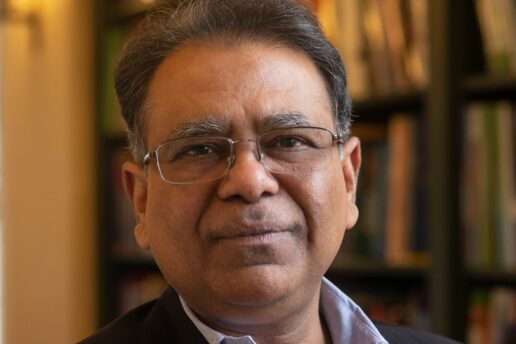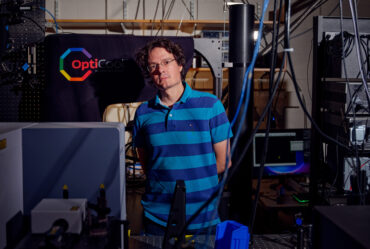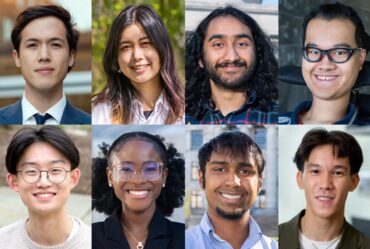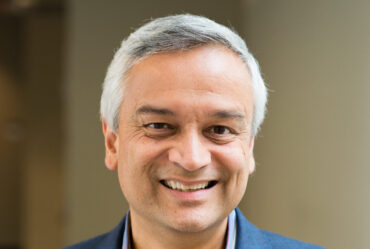
Chakraborty named Institute Professor
Arup Chakraborty, along with Paula Hammond ’84, PhD ’93, earn MIT’s highest faculty honor.
Arup K. Chakraborty and Paula Hammond ’84, PhD ’93, have been named Institute Professors, the highest honor for MIT faculty members.
Chakraborty, the founding director of MIT’s Institute for Medical Engineering and Science (IMES), is a pioneer in applying computational techniques to immunology. His work has led to discoveries about the functioning of T cells and contributed to the development of potential vaccines for highly mutable pathogens such as HIV.
The Robert T. Haslam Professor of Chemical Engineering, Chakraborty earned his bachelor’s degree from the Indian Institute of Technology Kanpur and his PhD from the University of Delaware. He was a postdoc at the University of Minnesota and joined the MIT faculty in 2005.
In addition to teaching in the Departments of Physics and Chemistry, he is a founding steering committee member of the Ragon Institute of MGH, MIT, and Harvard, which aims to harness the immune system to cure and prevent disease. He has received five awards for classroom teaching, and 24 of his former trainees are now university faculty members in diverse fields. He serves on the Defense Science Board of the US Department of Defense, among others.
Chakraborty calls being named an Institute Professor his most meaningful honor. “This recognition really belongs to my inspiring faculty colleagues, the students in my classrooms whose immense curiosity makes me a better teacher, and the students and postdocs in my research group who have taught me so much,” he says.
Hammond, chair of MIT’s Department of Chemical Engineering and a member of the Koch Institute for Integrative Cancer Research, is renowned for developing materials for medical and energy applications.
Hammond pioneered layer-by-layer assembly, which allows polymer layers with different properties to be laid down by alternately exposing a surface to positively and negatively charged particles. She has used the technique to develop nanoparticles and thin films for targeted drug delivery. Other polymer films she developed dramatically improve the efficiency of methanol fuel cells. She is also working on batteries and solar cells that self-assemble with the help of genetically engineered viruses.
Hammond earned her BS and PhD from MIT and a master’s degree at Georgia Tech. After a postdoc at Harvard, she joined MIT’s faculty in 1995. She received the MIT Committed to Caring Award in 2017–’18, the Henry Hill Lecturer Award in 2002, and the Junior Bose Faculty Award in 2000.
Hammond has also chaired or co-chaired two committees that contributed landmark reports on gender and race at MIT: the Initiative for Faculty Race and Diversity and the Academic and Organizational Relationships Working Group. Outside MIT, she has served on the US Secretary of Energy Scientific Advisory Board, among others, and received honors including the Margaret H. Rousseau Pioneer Award for Lifetime Achievement by a Woman Chemical Engineer.
“When I look at the list of current and past Institute Professors, I am both extremely humbled and greatly inspired by their achievements and impact on MIT and the greater world,” Hammond says.
“At MIT, the distinction of Institute Professor designates the best of the best—and that is exactly how I would describe Paula Hammond and Arup Chakraborty,” says MIT President L. Rafael Reif.
“Paula and Arup are great ambassadors for the Institute and our community. More than that, they are among MIT’s finest citizens.”


